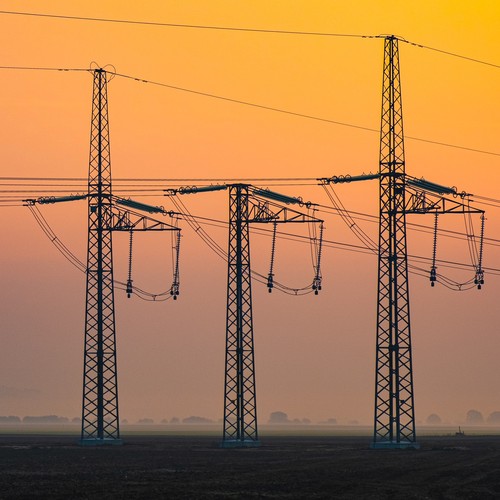Xcel Energy and San Diego Gas & Electric (SDG&E) both announced plans to deploy private wireless networks running on the 4G LTE standard.

Xcel Energy and San Diego Gas & Electric (SDG&E) both announced Wednesday plans to deploy private wireless networks running on the 4G LTE standard.
The news helps to underscore the US utility industry's growing embrace of private wireless networks running on cellular standards as a way to improve security and, potentially, to support new functions and services.
"While LTE is a well-known and widely used technology in the consumer space, this network is being designed and implemented to meet the requirements of a mission-critical network," said Omar Zevallos, the SDG&E manager who is responsible for the company's LTE deployment, in a statement. "A key driver for our PLTE [private LTE] system is to provide wireless communications to enable our Falling Conductor Protection (FCP) system. This system relies on low latency communications to detect a powerline that has failed and de-energize it before it comes in contact with the ground. PLTE meets our technical and operational requirements to serve this critical system. We also see this system helping us more effectively serve the growing renewable power and energy storage systems connected to our grid, as well as meeting growing demands for electric vehicle charging and other new loads."
Zevallos's comments about FCP are noteworthy considering analysts spoke of just such a capability following the devastating California wildfires of 2018 sparked by Pacific Gas & Electric.
As noted by FierceWireless, SDG&E is moving forward with an initial LTE deployment with vendor Nokia in its CBRS spectrum holdings in order to evaluate the possibility of a wider effort. SDG&E was one of almost a dozen utilities that purchased spectrum in the FCC's CBRS spectrum auction this summer; the company spent around $21 million on licenses across California.
But SDG&E isn't the only utility outlining plans to launch a private LTE network. Xcel said it will build two private wireless transmission sites in Minneapolis with equipment from Motorola Solutions and 900MHz spectrum from Anterix, as well as CBRS spectrum.
"Xcel Energy is supporting our customers by introducing new technology that will enable several improvements. The addition of tools in the future will give our customers greater insight into their energy use, help us respond more quickly to local power outages, and provide enhanced communication technology to support our field operations," said Xcel's Tim Peterson in a release. "This new telecommunications technology will provide a basis for new solutions, which can improve grid operations, enhance system security, and ultimately deliver a better experience for our customers."
Continued Xcel in its release: "A future roll-out of a broader private LTE deployment could be accelerated by leveraging Xcel Energy's existing investments in LMR [land mobile radio] site locations and infrastructure to support existing and new grid-of-the-future applications."
Xcel's announcement comes as little surprise; Light Reading reported last year on the company's tests of a private LTE network in 900MHz spectrum.
Indeed, Xcel's embrace of LTE in 2021 follows its 2019 decision to shutter its private wireless WiMAX network. "While we believe WiMAX is a viable technology, changes in FCC rules and regulations meant we needed to transition away from WiMAX to a public LTE," Xcel spokesperson Michelle Aguayo wrote recently in response to questions from Light Reading.
Utilities are looking at using private wireless networks for everything from employee communications to drone management to protection from a catastrophic "Black Sky" event that would wipe out all communications networks.
To be clear, most US utilities already operate some kind of private wireless network. For example, Salt River Project provides electricity to around 1 million users, and for the past several years has been using a wireless network from vendor MiMOMax Wireless running in its 700MHz spectrum for power monitoring, control and other services in parts of Arizona. However, the network does not use the LTE standard.
But some in the space expect utilities to increasingly embrace LTE – and, potentially at some point in the future, 5G – as a secure and widely supported transmission technology.
Related posts:
— Mike Dano, Editorial Director, 5G & Mobile Strategies, Light Reading | @mikeddano
About the Author(s)
You May Also Like











